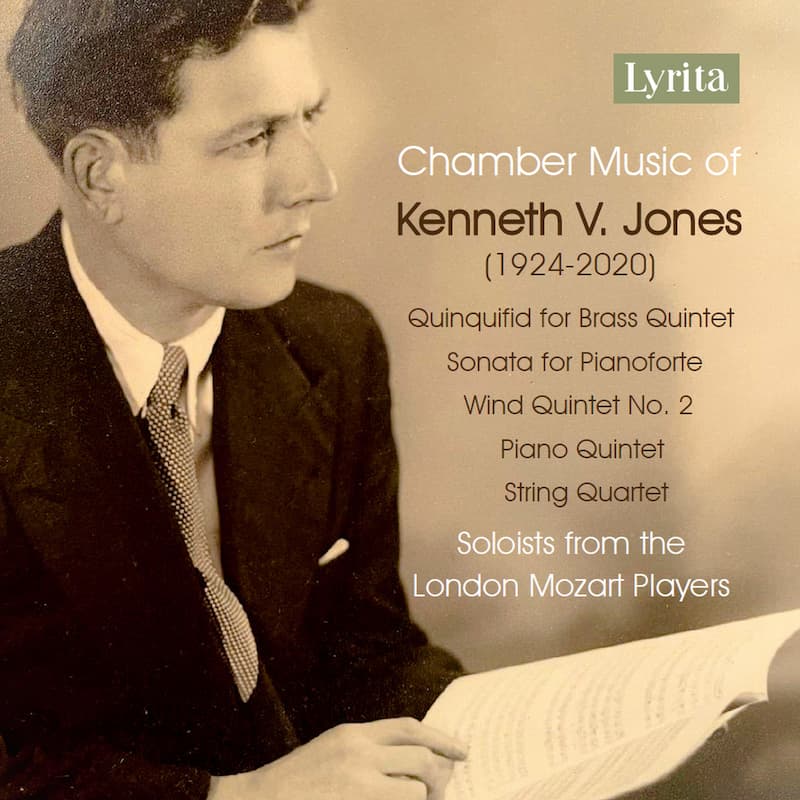The Basílica i Temple Expiatori de la Sagrada Família in Barcelona, more Famíliarly known as La Sagrada Família, is the largest unfinished Catholic Church in the world. It was designed by the Catalan architect Antoni Gaudí (1852–1926) and was consecrated in 1920 by Pope Benedict XVI as a minor basilica.
Construction began in 1882, and the following year, Gaudí became chief architect. His style is unique, combining Gothic with Art Nouveau forms but extending those forms beyond their normal surface decorative function. The interior design of the cathedral, relying on organic and natural forms, has been described as a ‘spiritual forest’.
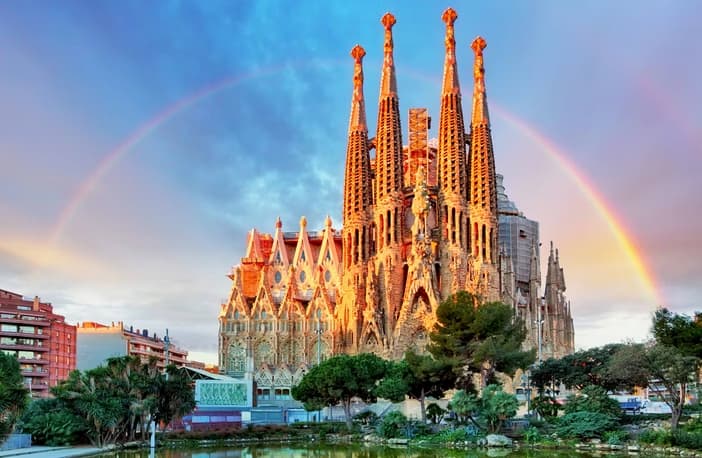
The three facades of La Sagrada Família
The building has 3 façades: the Nativity façade to the east, the Passion façade to the west, and the incomplete Glory façade to the south. The Nativity façade was completed before Gaudí’s death and bears his hand most directly.
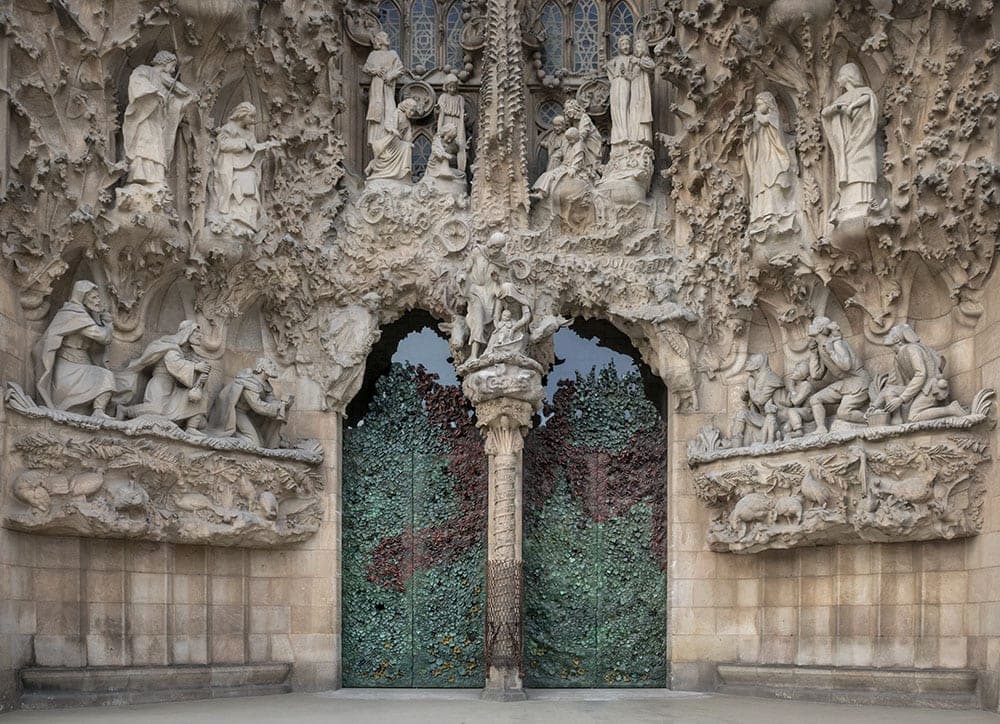
The Nativity Façade
The Passion façade was built between 1954 and 1976. For Gaudí, the Passion façade should have sharp angles and a skeletal feel.
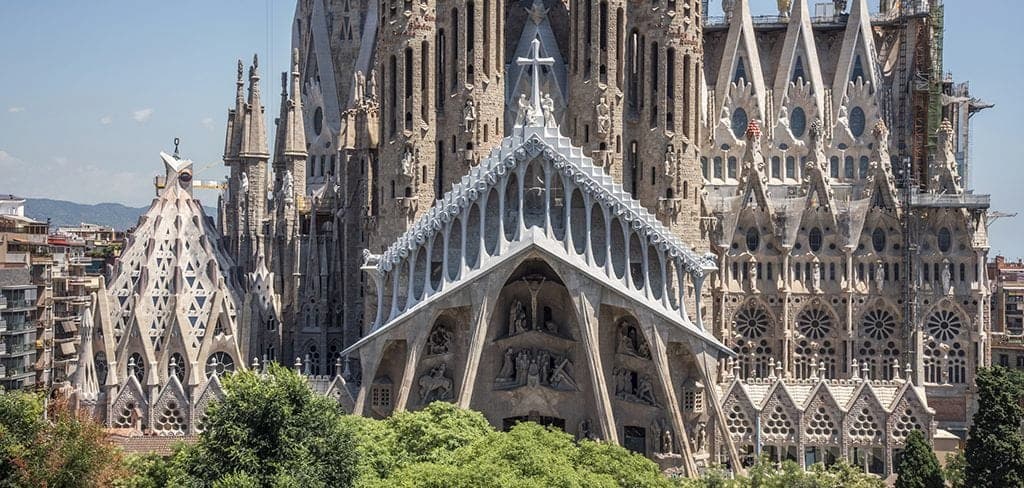
The Passion Facade
The Glory façade, intended to be the main entrance of the church, was started in 1914, but work stopped in 1926 at Gaudí’s death. Serious work started again in 2002.
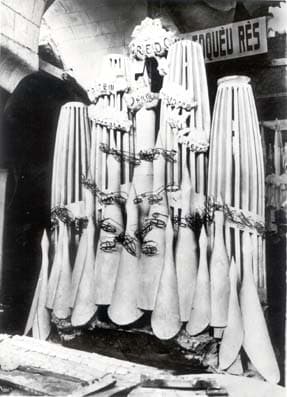
The Glory Façade
One problem in the design is that Gaudí intended it to be approached by a bridge that would start in a neighborhood that is now fully constructed – demolition of active housing would be needed to complete his vision.
English composer Richard Blackford (b. 1954) was inspired by Gaudí’s magnificent church to write his second symphony in honour of Gaudí and his work. La Sagrada Família Symphony (2022).
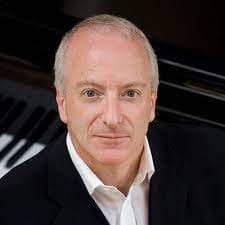
Richard Blackford
Blackford studied composition and conducting at the Royal College of Music and has focused his compositional efforts on music’s dramatic potential. His theatre works, including operas and musicals, and film music have been heard internationally.
In a new recording on Lyrita Records, Blackford conducts the premiere of his La Sagrada Família Symphony paired with the cantata Babel. The three movements of the symphony are based on the three facades: I. Nativity, II. Passion, and III. Gloria. Despite the incompleteness of the last façade, Blackford hopes that his work, both representational and abstract, ‘structure can stand alone as an homage to Gaudí in its own right’.
Richard Blackford: La Sagrada Família Symphony – III. Gloria
In the cantata Babel, Blackford contrasts the stories of the children of Seth and the children of Noah. Seth was the third son of Adam and Eve, and Noah was one of his sons. Blackford combines the story of the flood, the actions of Noah, and the story of the creation of the Tower of Babel, which was a project of the children of Noah. After the flood and then the destruction of Babel, a final section of the cantata is God’s promise to Noah that there will never again be a flood that will destroy all living things. The work closes with a hymn, Praise My Soul The King of Heaven, which, in the model of similar cantatas by Benjamin Britten (Noye’s Fludde), invites the audience to join in.
Richard Blackford: Babel: Praise My Soul The King of Heaven
The work was commissioned by the Camden Choir for its 50th anniversary and was given its premiere with the composer conducting in March 2022.
These two works, the first an orchestral work with the BBC Symphony Orchestra, and the second with the Ikon Singers, 3 soloists, 2 pianists, an organist, and 2 percussionists. As new compositions, they are imaginative and creative additions to long-established genres yet stand in their own right as strong modern works.
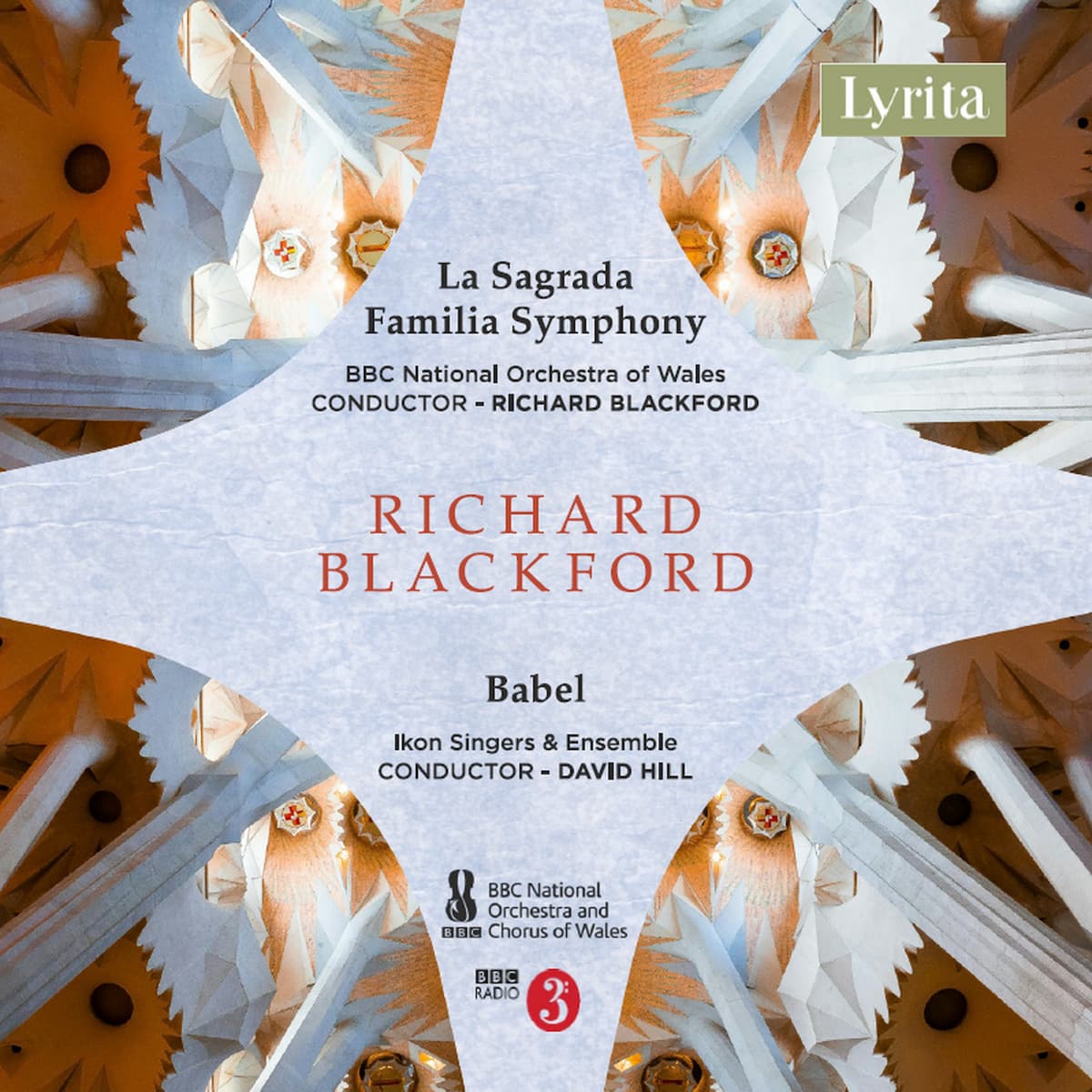
Richard Blackford: La Sagrada Família Symphony and Babel, A Cantata
Performed by
BBC National Orchestra of Wales
Richard Blackford
Ikon Singers & Ensemble
David Hill
Official Website
For more of the best in classical music, sign up for our E-Newsletter

